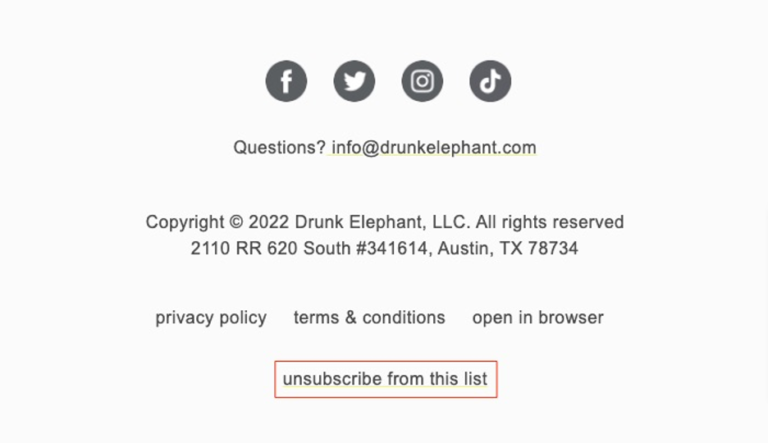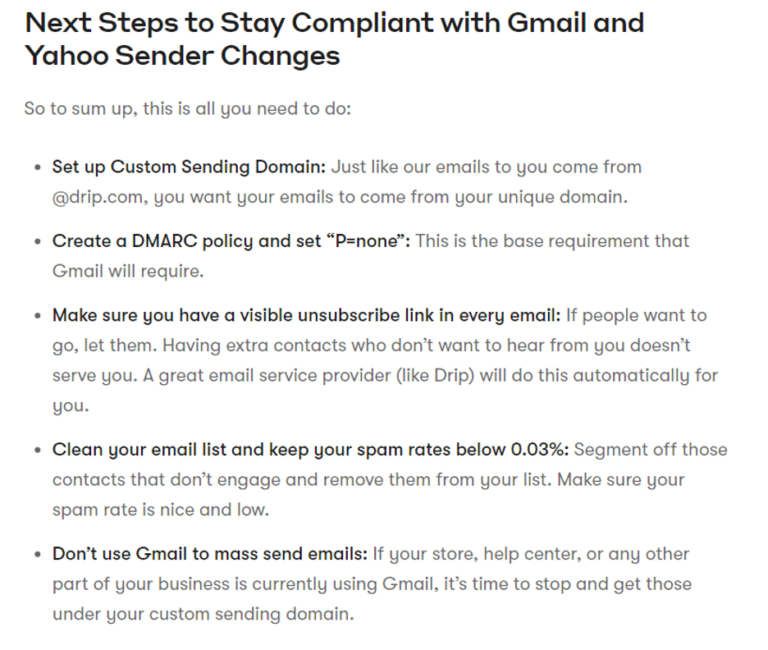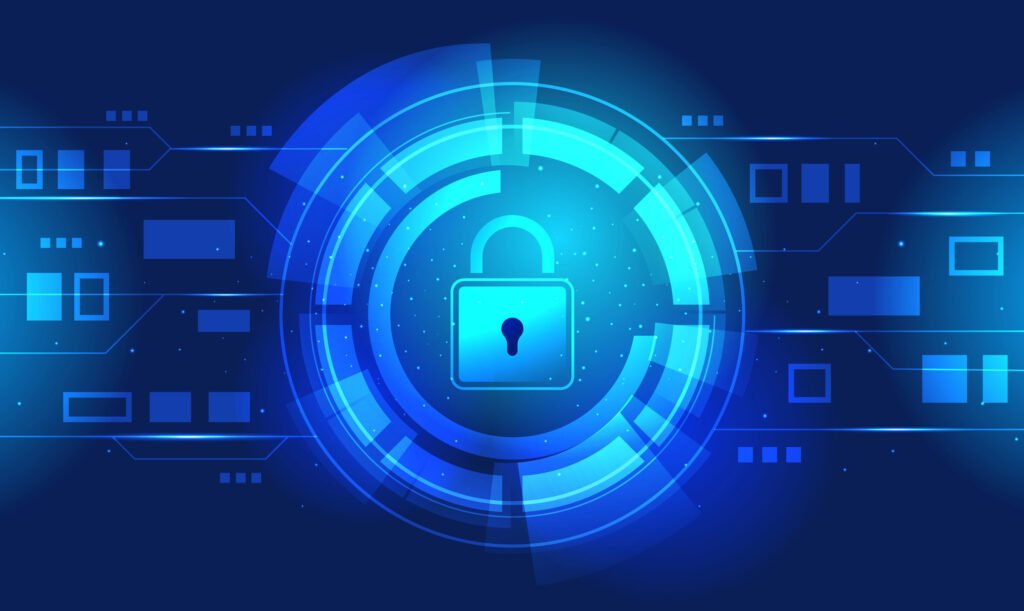Google and Yahoo’s new email policy! Digital Marketers, Pay Attention!
Written by Vanshitha M
Published on Jan 22, 2024
Introduction
According to a study, 3.4 million phishing emails are sent every single day. In the modern era of rising technology, cyber crimes are paramount and phishing has been the most prominent one in it. Are you a digital marketer enhancing your deliverability and establishing trust with your users with your emails? If not, it’s time you read this article.
Google, Yahoo and the changes in bulk email sends:
Google and Yahoo announced that they will soon restrict the B2B and B2C brands that send bulk emails of 5000 emails every day, but still, if you are sending less than 5000 emails, you still need to authenticate your messages with SPF and DKIM.
The users must know they can trust your brand through authentication. These changes are to be made by brands by February 1st, 2024.
So, Google and Yahoo are asking for three major changes:
- Authenticate domain sending mails.
- Reduce your spam emails to 0.3%.
- Give easy one-step unsubscribes.

Source: litmus
Why should we marketers change our campaigns?
-
- Do not end up in spam: Up to 20% of emails a brand sends never end up in the recipient’s emails. Authentication can ensure you don’t end up in spam.
-
- Security: It’s estimated that 96% of phishing attacks happen through emails. Avoid letting others impersonate your brand.
- An easy-opt-out: This ensures that the users have a choice to be in the recipient list establishing transparency. This will also help us have better metric data.

Source: redsift
How to authenticate your emails?
- SPF (Sender Policy Framework): Prevents email spoofing. It established all the IP addresses that are authorized to send an email on behalf of your domain.
- DKIM (DomainKeys Identified Mail): A digital signature to ensure the credibility of the sender. It uses asymmetric encryption to sign and verify your mail.
- DMARC (Domain-based Message Authentication, Reporting, and Conformance): Reports on the email authentication results and failures.
Reducing the spam rate:
The spam rate can unnecessarily create financial losses by sending more on emails.
A few suggestions are:
- According to Optimove, bulk emails are sent at the top or bottom of the hours flagging them as spam. So, choose a different time. They also suggest using a preference center- An interface that enables users to customize and lets them decide what types of messages they want from your brand.
Unsubscription:
-
- Set up a CSD(Custom Sending Domain): It authenticates your email sending with your own domain.
-
- Prepare your DMARC policy. It helps you secure your account from phishing. If you wish to know more about DMARC, check out our blog here.
-
- Ensure that sending domains have valid forward and reverse DNR records, also referred to as PTR records.
-
- Format messages according to the Internet Message Format standard of RFC 5322.
-
- Keep a tag of unsubscribing.
- Keep your spam rate below 0.03%, You can see the average of the spam complaints through Google Postmaster Tools. So, take the recipients who aren’t engaging with your emails off the list.

Source: drip
- The “From” Address:
Make sure your ‘From Address’ doesn’t contain “@gmail.com” but rather “@YourCompany.com”.
Why did Google and Yahoo incorporate these changes?
Their high source of income stems from emails. And Gmail users are tired of seeing tonnes of spam mail and security issues. Google and Yahoo want to ensure that the emails are safe and real so users and brands keep using emails.
An overview:

Source: drip
Conclusion:
It’s estimated that 60% of purchases are influenced by email marketing. Emails are the best way to connect with your users but with the new restrictions and privacy changes, it is important to advance with the changes and help your brand upscale.
Why Retention10?
Retention10 is the best customer retention management that will update you with all the latest marketing strategies and help your brand reach the top by authenticating your emails.
So, if this jargon is too much, we can help you sort it out
Contact us right away for customized email marketing solutions.

Vanshitha Munipally
( Research & Content Marketer )
To get your customized Customer Retention Solutions , Do write to us :




Thank you for your sharing. I am worried that I lack creative ideas. It is your article that makes me full of hope. Thank you. But, I have a question, can you help me?